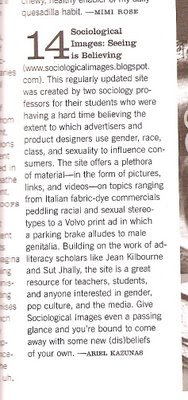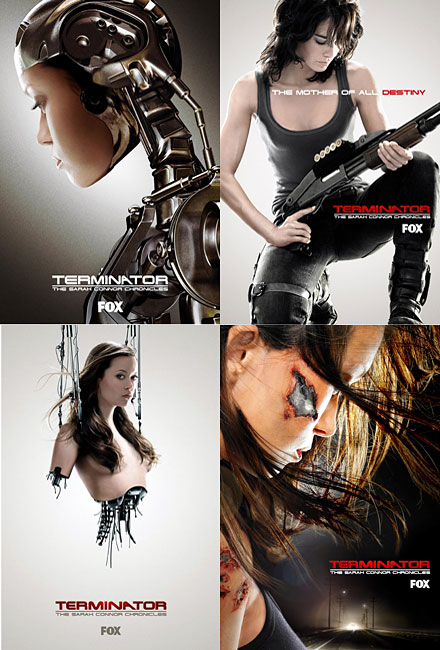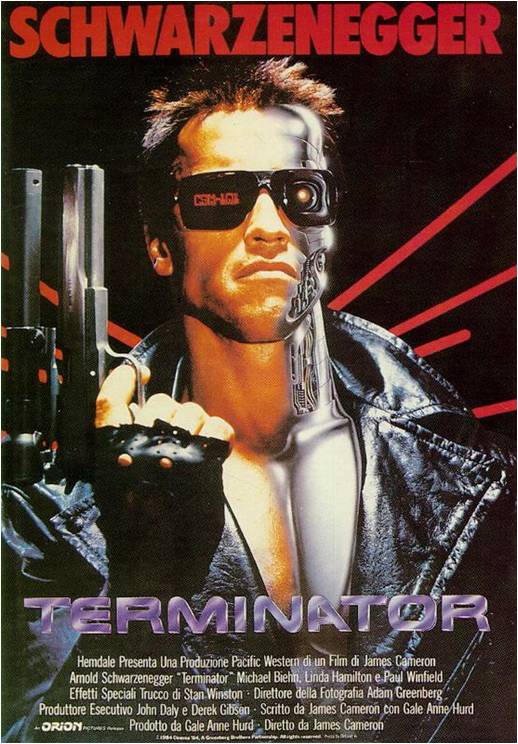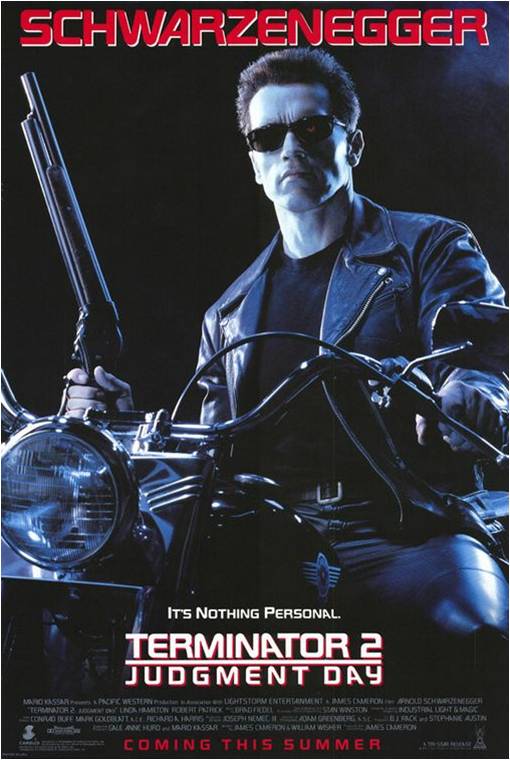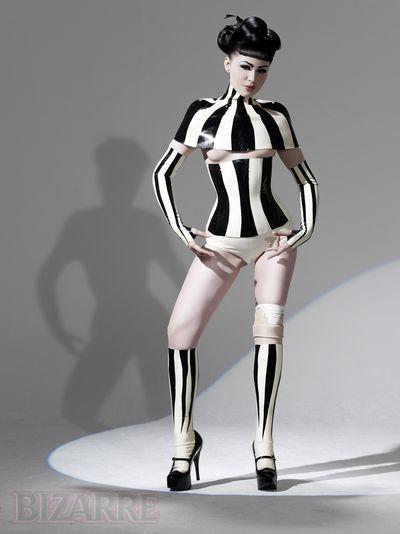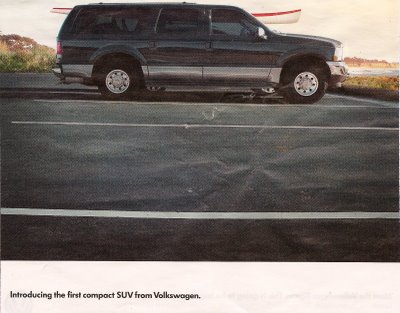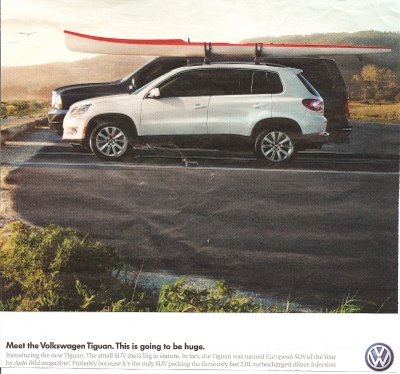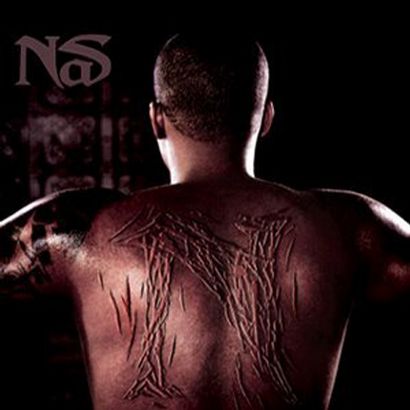I don’t have an image for this post. What I have is a quote from Bill Napoli, a South Dakota state senator. He doesn’t believe that bills banning abortion should have an exception in cases of rape, because if the woman “really” deserved to get one, she could get it under the health-of-the-mother exception. Here is a direct quote:
A real-life description to me would be a rape victim, brutally raped, savaged. The girl was a virgin. She was religious. She planned on saving her virginity until she was married. She was brutalized and raped, sodomized as bad as you can possibly make it, and is impregnated. I mean, that girl could be so messed up, physically and psychologically, that carrying that child could very well threaten her life.
I came upon part of this quote in issue #40 of Bitch magazine (p. 17), but I found the full quote here (scroll down a little past halfway).
What’s interesting to me here isn’t about abortion per se, but the implication of who would and wouldn’t “really” suffer if they were impregnated from a rape. Apparently if you aren’t a virgin or religious, or ARE a virgin but weren’t necessarily planning on staying that way until marriage, then being raped and getting pregnant just wouldn’t be as traumatic as it would to “nice” girls.
It’s also creepy how we often like to think in rather fine detail about the ways good little virgins can be violated. I mean, he could have just said “she was raped,” but no, he decides to make it a bit more graphic. And how bad is “as bad as you can possibly make it”? Is there some measuring stick for how traumatizing different violations are, so you can be sure the girl has suffered enough to qualify as a deserving victim?
It reminds me of an article I read about the myth of the black rapist and the virginal white victim in the post-Reconstruction South (sorry, I don’t remember the article); the author said that detailed stories about how animalistic, savage black men had ravaged delicate white women served as a form of folk porn–people repeated the stories over and over, embellishing as they went. Telling rape stories provided a socially sanctioned outlet for people to talk about sex even in “nice” society, since you were only doing it to warn others of the danger, of course.
So even though there’s no image, I thought the quote might spark some interesting classroom discussion, either about abortion or about sexuality, victimization, and the enduring idea of the deserving and undeserving rape survivor. Or, hell, even a discussion of the social construction of porn–I mean, if you took Napoli’s exact words and put them in a different context and didn’t tell people he was a senator discussing a proposed bill, I bet a lot of people would think it was obscene but interpret it very differently since he was just talking about a hypothetical situation while discussing serious matters such as the law.



